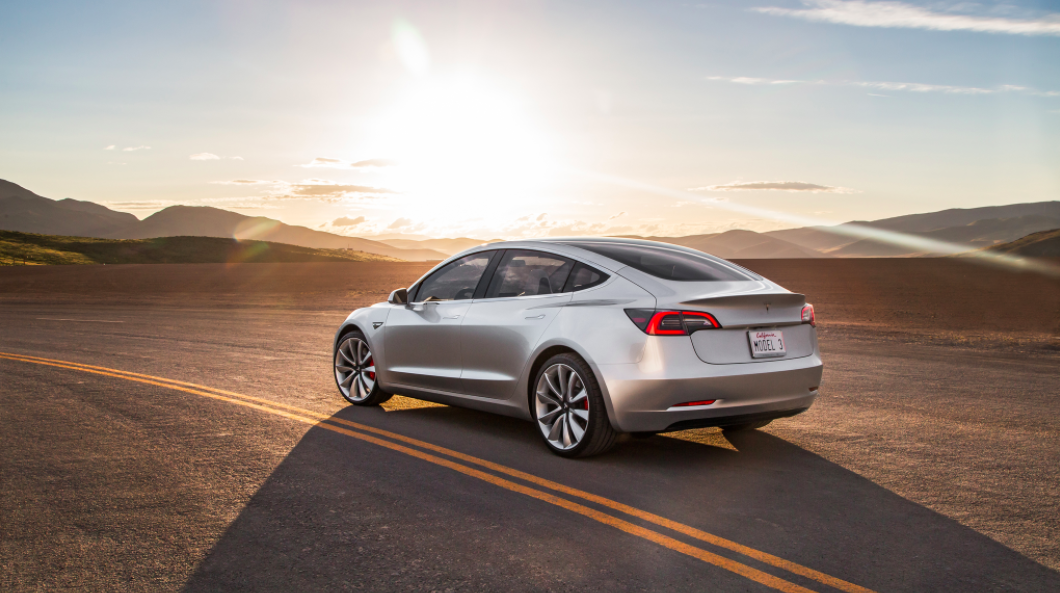At $9,000 US, one of the pricier options for Model 3 is range. The Standard Range (SR) vehicle comes with 220 miles of EPA-rated range and a Long Range (LR) car has 310 miles. Is the long-range upgrade worth $9,000 for 90 more miles? Today, we’ll explore this question.
You need to understand your personal driving needs. If you’ll never use the additional 90 miles, you might as well save the money. If, however, you’ll use it or it would give you peace of mind and you can afford it, you should get the LR.
Faster Charging
In addition to the extra range, the LR will also charge faster when connected to Tesla’s High Power Wall Connector. The SR charges at a rate of 7.6 kW (about 30 miles per hour), whereas the LR charges at 9.6 kW (about 37 miles per hour). The slightly faster home charging is a nice add-on, but far from justifies the cost. The point of the LR is the additional range, let’s move to that aspect.
Battery Cost
I thought you said we were going to talk about range next; this is cost. Yes, I did. But the question we are asking is about value for money. So, let’s look at the cost value of what you’re getting.
The price of lithium-ion batteries has declined from an average of around $400 per kilowatt-hour (kWh) in 2012 (when the Model S was launched) to under $150 today. For comparison, GM says when buying batteries for the Chevy Bolt, they pay LG Chem about $145 per kWh. This is, of course, just for the battery cells, it does not include the packaging, cooling, installation… The final retail price for any finished goods would be far above the cost of the raw components, but this gives you a starting reference.
Although Tesla has not released specific pack sizes for the two vehicles, there have been leaks that have let us know the that the SR has about 50 kWh of capacity and the LR has 75 to 80 kWh. So let’s assume that the extra $9,000 buys you 30 kWh more capacity. That is a retail price of $300 per kWh. From this perspective, Tesla is not giving us a bargain, but there are other ways to look at this too.
It’s All About The Range
If you just look at the price of the car and the range, you can make a simple table of price per mile. Our table will have the Model 3 LR and SR as well as a few other EVs for comparison. Note, these are base prices (not including incentives). If you want to buy leather seats, or dual motors, that’s up to you, but including it here would complicate the table.

* The 2018 Leaf data is not final/official at the time of writing, this may need an update when final pricing and EPA results are published.
Looking at the range this way, the LR is the best per mile bargain in the bunch. Only the Model 3 SR and Chevy Bolt are even in the same category for dollars per mile category.
Summary
The car you’ll like best is the one that meets your needs and your budget. Make sure you understand your driving habits. Open Google Maps and plot out your regular drives. For your longer drives, open the Tesla Supercharger map and see if there are any Superchargers along the routes for your longer drives.
Sidebar: Margins & Upgrade Options
Tesla has to make money on each car they sell. These funds go towards building out the production capacity, charging infrastructure, and more. The no frills SR car should be as affordable as possible to allow as many customers into the 200-mile plus EV market as they can. One way to do this is to keep the profit margin on the base model of the car low and then offer compelling upgrades (with higher margins). This allows the company to have a blended margin that is above that of the base model while keeping the door open to more price-sensitive customers. Tesla is far from the only automaker to use this scheme and it is a win for both the company and customers.
TMC Member Patrick0101 is a solar and electric vehicle advocate who blogs at Cards With Cords.
